A British RC-135 Rivet Joint flew its first test flight from Greenville following an 18-month upgrade, said Air Vice-Marshal Harv Smyth this week.
It is understood that this aircraft is the first of all in the combined UK/US fleet to be given this upgrade to the flight deck and mission systems. Once trials are compete, the jet (ZZ664) should touch down in the UK later this year.
Yesterday, UK Rivet Joint ZZ664 flew its 1st test flt from Greenville following an 18-month upgrade. A state-of-the-art flight deck and cutting-edge msn systems, improving the UK/US RJ fleet’s world-leading intelligence collect capability: information advantage in action today. pic.twitter.com/JZSFzx7YyE
— Air Vice-Marshal Harv Smyth (@AOC_1_Group) May 11, 2019
The United Kingdom purchased three KC-135R aircraft for conversion to RC-135W Rivet Joint standard under the Airseeker project a few years ago, let’s take a closer look.
Acquisition of the three aircraft was budgeted at £634m. The aircraft form No. 51 Squadron RAF, based at RAF Waddington along with the RAF’s other ISTAR assets. They are expected to remain in service until 2045.
The Royal Air Force describe the platform as follows:
“The RC-135W Rivet Joint is equipped with a variety of sensors, allowing its multi-disciplined crew to intercept and exploit emissions across the electromagnetic spectrum, providing both strategic and tactical level intelligence.”
The roots of the deal lie in Project Helix, launched in 2003, the aim was to study options for extending the service life of the Nimrod R1’s out into the next two decades. It wasn’t until 2008 that Rivet Joint was seriously considered. Helix became Project Airseeker, under which three KC-135 aircraft were converted to RC-135W standard.
The first RC-135W was delivered ahead of schedule to the RAF in November 2013 and the type has been used extensively to support British and allied operations in the Middle East and around the world.


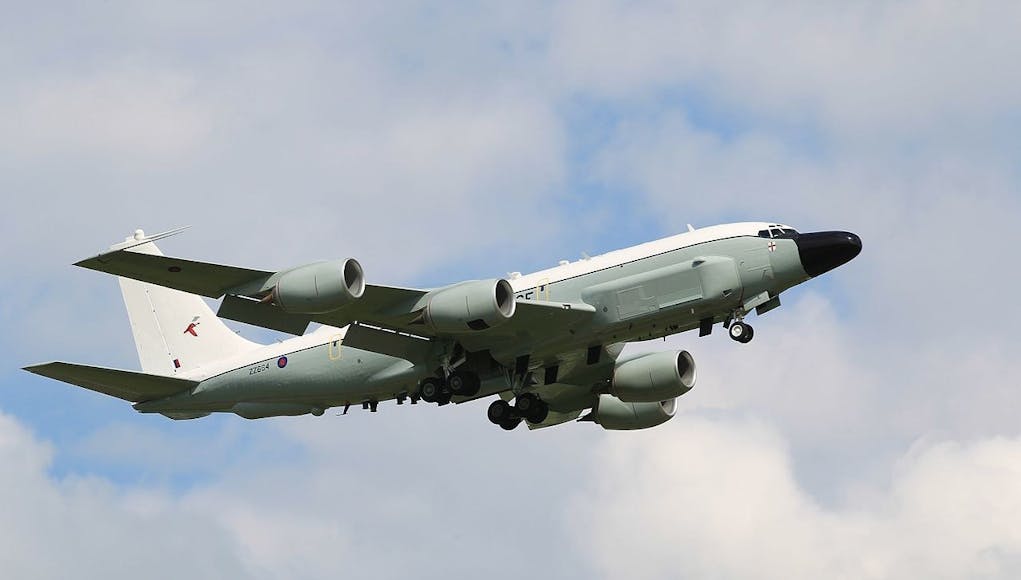
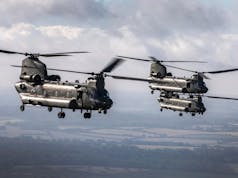
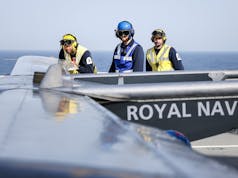
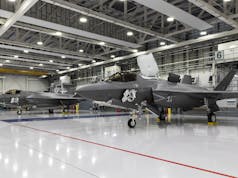
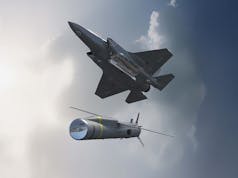

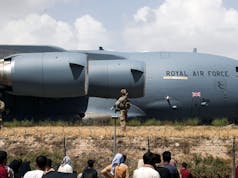

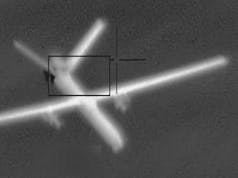
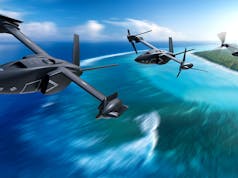
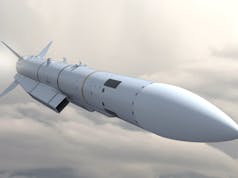

KC135 first flew with the US forces in the 1950s, the KC 135R was in the 60s, I think some are supposedly expected to fly until 2040s! Quite the life cycle!
Different KC135R (the 60s one were Rivet Stand/Quick for nuclear test observation). These KC135Rs are KC135A/Es re-engined with CFM56s – programme ran from mid-80s. Don’t know when our airframes were originally built but they have had a full rebuild/refurbish.
UK RC-135W were built in 1964 and are some of the last to come off the Boeing production line.
They haven’t even used up half their airframe life yet, ironically the USAF RC-135 have some of the highest flight hours of all KC-135 as they spent long hours flying during the Vietnam war in support of operations against the North .
The “R” models merely refer to “Reengined” KC135s. The old engines on the original KCs were so inefficient and high maintenance that the USAF purchased used commercial engines from mothballed airliners in the 80s and refit them to the KCs for much better performance and lower maintenance costs. The airframes themselves are the same age as the rest of the mostly Eisenhower era fleet which at one time numbered over 600.
Cheers!
Some B52s are expected to have 100 year life span
The Americans have been refurbishing 135 class airframes for many decades, they know them inside out and subject them to regular take apart rebuilds, way more intensive than your typical airline ‘D’ check overhaul.
If BAE Systems had got their way and converted the three prototype Nimrod MR4,s to R4?? standard (alongside the 9 MR4’s) we would still be waiting for them and the price would have trippled!!
The work was done by my former firm L3 at the Greenville Texas plant. We also refurbished the USAFs Rivet Joints as well (among many others).
Cheers!
Jeremy Hunt wants a major increase in defence spending. 4% is mentioned.
Steady on!
He is right though, even if it is just a sales pitch to look strong on defence for traditional Tory voters.
It is just a leadership bid.
That statement will turn into a proposal which will turn into an intention which will end with endless non constructive committees and research groups being set up and in the end they will say it was a good proposal but it can’t be done in the current political and economic climate. Even if it is done it would be at the end of their office and the next government would likely undo that commitment and the cycle continues. Repeat.
In an ideal world 4% would be where it should be, I might break out some fantasy fleets if it turns reality, then it mightn’t be fantasy. Anyway the Civil Service and the Treasury will make sure it doesn’t happen. After all we need to keep the welfare state going! And of course keep throwing endless billions at the NHS and hopefully it will fix itself.
I’d be happy with 3% which is slightly more likely but we shall see.
I think how specific he is with this promise when the time for a Tory leadership contest comes around will tell us more about whether it will really happen or not. Defense appears to be what his “Flagship” policy proposal will be.
If he boldly announces at the time he’ll spend 4%, he’ll be judged on that constantly given it’s his keynote promise and policy point. He’ll probably want to avoid another “strong and stable” retrospective mishap. Given the “2%” we currently give is debatable due to the “creative accounting” shall we say, we might actually get more than a 100% increase to current spending if he decides to go all out; since it will come under more scrutiny than it currently does.
If he alternatively comes out at the time and gives us the “I’ll continue to embolden our armed forces” crap or something vague like that, we’ll know it’s an empty promise.
Granted, the latter is definitely possible if not likely. If it really happens though, that would be great for the armed forces, we’d be a true global power with some real depth and substance.
Honestly the NHS is cheap for what it provides. It’s one of the most efficient health systems in the west. We pay far less per person per year than our European peers and so much less than the US that it is actually a US taxpayer tragedy. the US government pays more per person for basic emergency health care and for limited protection to some groups that the NHS gets for providing universal cradle to grave just for the whole population.
The whole inefficient thing is just simply untrue, most NHS inefficiency comes from underfunding, which prevent investment in upstream care ( like anything a person costs less to repair if you invest in preventative actions and not just when they go wrong).
The NHS is quite efficient. However it still has lots of inefficiencies that need to be addressed. Preventative care is part of the those inefficiencies but so is Management and various support services (Meals are done in a horribly inefficient manner in most hospitals)
Just out of curiosity, what do you (and any others reading) think the MOD would do with 4% in the short and medium term?
Specifically in terms of procurement. Would be interesting to see how that kind of cash boost could affect the F35 buy rate, or possibly alter plans with the Navy going forward (esp regarding the T26/T31). That kind of an increase over many years could lead to us wielding a lot of power.
First and foremost pay people more, recruit more, house them better, treat them better, keep them to harmony guidelines, ensure others stop hounding vets over Northern Ireland.
After that make sensible increases in certain areas.
Knowing the MoD and their record with money…
A procurement question can lead to all sorts of fantasy fleets shopping lists so I won’t make one, but we all know the numbers of escorts, helicopters, and MPA is too low.
@Daniele Mandelli – Its a nice sound bite which is sadly what all these clowns do. I am more attracted to the way Mordaunt positioned future defence budgets and actually decried hanging % numbers out in the air.
She was saying at RUSI that we should first define what military outputs we want and need as a country, define how and where those outputs will be achieved, define what equipment and personnel is needed which THEN defines the costs. And whatever % that works out at is the number rather than hang a % number out and tell civil servants to go spend it.
While the % figure is not sufficient waste is avoided but when it isn’t … This is the mindset behind International Aid. Government decides a % of GDP and then Civil Servant rush around finding project that make them look good, spend all the available budget but no one knows if worthwhile benefits have been delivered. No one says “we saved a million lives” but they do say “We spent £400 Mn”
18 month upgrade but still no paint?
Maybe some of that 4% budget could be used for painting these correctly lol.
Joke aside, probably just leadership manoeuverings but at least he said it.
At a time when most are struggling to reach 2%, 4% would be fantastic.
Realistically 3% accounted correctly without the bull would be plenty.
They are painted correctly, I don’t understand the point you are making.
It was a joke, but when these were 1st ordered the RAF looked to having them re- painted in their colours as opposed to the US standard. The cost would have been monumental. I also think standard paint might have caused problems with the sensitive electronics.
I’m all in favour of increased military spending but 4% is way too high, we face no threat worthy of 4%. The levels of 2.5% core spending established in 98 is still sensible today. Russia is rapidly running out of steam and money and was little threat to the UK to begin with. No one in the pacific region is spending 4% to counter China so why should the UK.